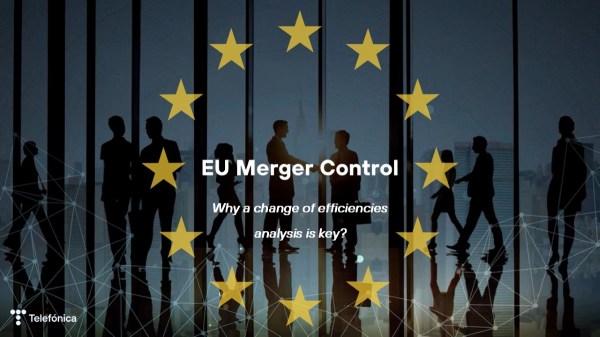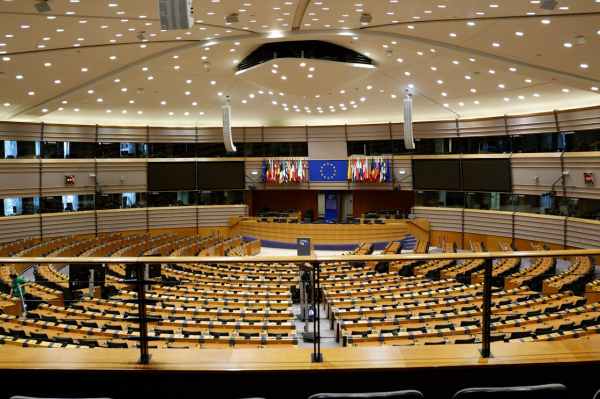For the mobile industry, the outcome of the World Radio Conference 2023 is critical to provide certainty of future spectrum availability on which to build better connectivity. Whether that will be the case is still highly uncertain. Work on the Resolutions that will shape the final decisions is advancing in the three issues that have a more significant impact on the future of mobile networks: the upper 6 GHz band, the UHF band and an agenda item with new bands to be studied for IMT-2030 (6G) at WRC27.
Capacity for speed: 6 GHz band
On the 6 GHz band, IMT identification is supported widely, and discussions are focused on the conditions under which mobile networks could be deployed. With the aim to protect existing satellite receivers in space from mobile base stations aggregate interference, limits are being considered to the amount of radiated power that is directed above the horizon (towards the satellite).
Having least restrictive limits protecting satellite uplink but avoiding excessive restrictions to IMT is key to be able to get the full benefits of the 6 GHz band for society. The discussion is not trivial: the limits proposed by Europe/CEPT would result in one fourth of coverage area per base station when compared with the band potential. Other regional bodies (Africa/ATU and the Arab States/ASMG) are supporting less restrictive limits that, in our view, would still protect satellite uplink while allowing an efficient deployment of IMT in the band.
The number of base stations that will be deployed on the 6 GHz band across the region is the main assumption behind the protecting limits. An overestimation of the number of base stations will lead to very stringent limits overprotecting the satellite uplink. Our estimations point to a less extensive deployment in 6 GHz, focused on adding capacity in urban and suburban areas, which would lead to less restrictive limits than the ATU/ASMG limits to protect satellite.
Digital equality: UHF band
On the UHF band the discussion is ongoing with many options on the table, from No Change to Co-Primary allocation to Mobile services, going through different flavours of secondary mobile allocation and adding additional footnotes for a Primary allocation for countries willing to adhere.
WRC-23 decisions to change Radio Regulations are the result of negotiations to achieve the international rights to implement new services and introduce more flexibility in the band. With its current stance, Europe is missing the opportunity of getting the international rights at WRC-23 to implement mobile in the UHF band whenever that decision is taken by the European Union.
With a secondary mobile allocation, Europe will be constrained to the will of North African countries and Russia as neighbouring countries. Arab countries are instead supporting a primary mobile allocation in the band that allows them to decide when mobile services are deployed.
The future of mobile connectivity: WRC-27 IMT
On the future agenda item for WRC-27 IMT (spectrum for 6G) there has not been much progress and the controversial discussion on the bands to be studied has so far been avoided. Bands listed from different contributions include 3100 – 3300 MHz; 3800 – 4200 MHz; 7125 – 8500 MHz; 12.7 – 13.25 GHz; 14.75 – 15.35 GHz; as well as 6425 – 7125 MHz in regions not included at WRC-23.
WRC-23 is key to help ensure the mobile communications sustainability
The telecommunications sector in Europe is facing a challenging financial environment. Profitability is low and the cost of financing is rising, a combination that makes it difficult to raise the funds necessary to put connectivity in Europe at a par with US, Korea and Japan. Preventing scarcity of spectrum for mobile networks is part of the policy recipe for success in meeting our Digital Decade targets. It should be high on the agenda of our policymakers, and the relevance of a positive outcome of WRC-23 should not be underrated.









